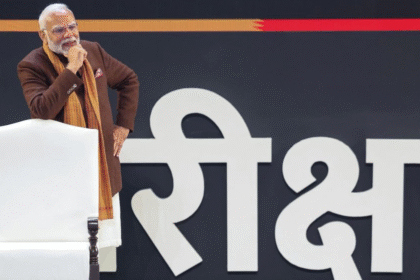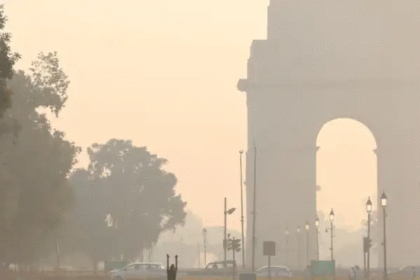RBI cuts repo rate by 50 bps, CRR by 100 bps; Guv says ‘We have won war against inflation
The RBI slashes the repo rate by 50 basis points and CRR by 100 bps in a bold move to boost growth. Governor claims victory over inflation as focus shifts to economic recovery.
In a major monetary policy move aimed at reinforcing economic growth and injecting more liquidity into the financial system, the Reserve Bank of India (RBI) has cut the repo rate by 50 basis points to bring it down to X% (insert updated rate) and reduced the Cash Reserve Ratio (CRR) by 100 basis points. This twin-policy decision comes amid a backdrop of easing inflation and growing concerns around the pace of economic recovery.
Announcing the measures, RBI Governor Shaktikanta Das struck an optimistic tone, declaring that “India has won the war against inflation.” His statement reflects growing confidence within the central bank that inflation is now under control, allowing room for a pro-growth stance.
The repo rate, which is the rate at which the RBI lends money to commercial banks, has been brought down by 50 basis points (bps). This move is intended to make borrowing cheaper for banks, which in turn is expected to result in lower lending rates for businesses and consumers.
The Cash Reserve Ratio (CRR), which refers to the percentage of a bank’s total deposits that must be held in reserve with the RBI, has also been reduced by 100 bps. This change is expected to release a significant amount of liquidity—estimated to be around ₹1.5 lakh crore—into the banking system.
Both measures are seen as an aggressive push by the central bank to boost credit flow, support consumption, and energize capital investment at a time when global headwinds and domestic challenges are weighing on economic momentum.
The highlight of the RBI Governor’s press briefing was his declaration that India has effectively “won the war against inflation.”
This bold claim is backed by recent Consumer Price Index (CPI) data, which showed inflation falling below the RBI’s upper tolerance limit of 6% for consecutive months.
Governor Das noted that supply-side improvements, declining commodity prices, and a normal monsoon have all contributed to bringing down inflationary pressures. He acknowledged that while global uncertainties still exist, inflation in India is on a “decisive downward trajectory.”
Despite the positive tone, Das emphasized that the central bank will continue to monitor price stability closely and act preemptively if risks re-emerge. “Our priority now is to support sustainable growth while remaining vigilant on inflation,” he added.
The markets responded positively to the policy announcements. The BSE Sensex surged over XXX points (insert updated figure), while bond yields dropped slightly, reflecting increased investor confidence in a lower interest rate regime.

Economists largely welcomed the RBI’s move. Many believe the aggressive rate cut and CRR reduction signal a shift from inflation control to growth stimulation—something the private sector and capital markets have been demanding for months.
Experts also highlighted that the CRR cut will immediately increase liquidity with banks, giving them more headroom to lend, especially to small and medium enterprises (SMEs) and the housing sector.
The RBI’s latest policy measures suggest that the central bank is now pivoting toward boosting demand, investment, and employment. With inflation appearing to be under control, and interest rates now lower, the focus is clearly shifting to reviving GDP growth.
However, challenges remain. Global economic uncertainty, volatile oil prices, and geopolitical tensions continue to pose risks. The RBI has, therefore, indicated that its future actions will depend on evolving data and economic conditions.
For now, borrowers can expect better lending rates, and industries across the board are likely to benefit from improved access to credit.
The RBI’s twin moves to reduce the repo rate and CRR mark a decisive shift in monetary policy. By signaling that the inflation battle is largely over, and turning its focus to growth, the central bank is laying the groundwork for stronger economic momentum. Whether this will be enough to overcome external shocks and domestic slowdowns remains to be seen, but for now, the message is clear: India is open for business, and the RBI is ready to support it.
Read Also : Mithi River Scam: ED Raids 6+ Mumbai Locations, Including Bollywood Actor Dino Morea’s Bandra Home








